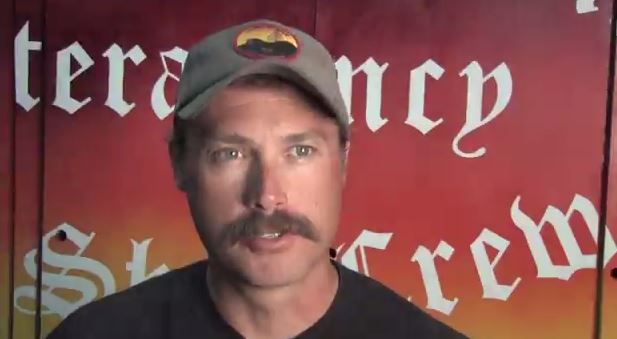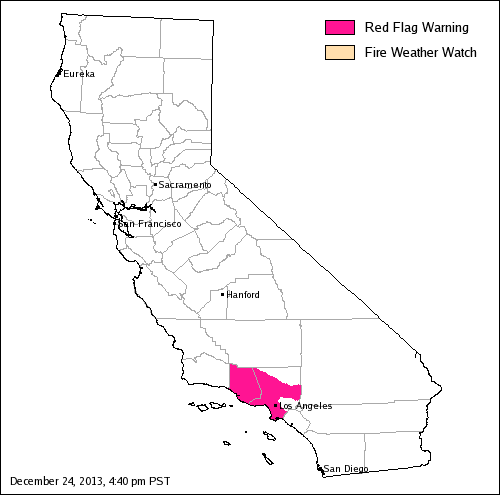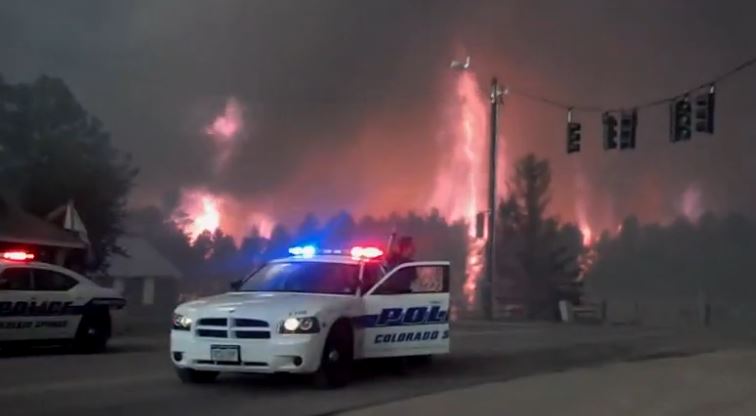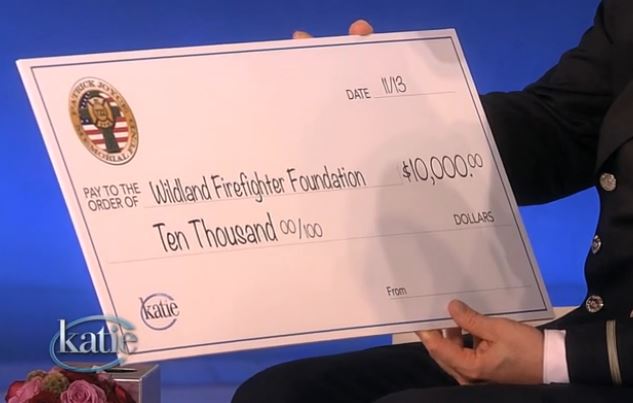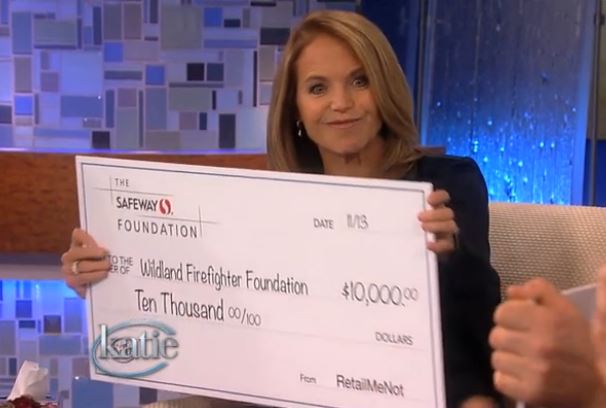A firefighting helicopter pilot has an idea for a standardized protocol for wildland firefighters to use on the radio when they have an emergency and need help. The concept comes from Joseph Berto who was the pilot of the Bell 205A1 working on the Pole Creek Fire who rescued a firefighter from an approaching flame front by allowing him to climb into the helicopter’s water bucket and then extracting him to safety. Mr. Berto received a commendation from the U.S. Forest Service for his actions that day in September, 2012.
After reading about the deaths of the 19 firefighters on the Yarnell Hill Fire, Mr. Berto had some thoughts about the crucial need for clear, descriptive radio communications when there is a firefighter emergency that requires immediate assistance. Below is his proposal, and following that my initial reaction and his response:
****
YoLO Proposal:
In an effort to improve the communications between ground resources and command in an emergency situation, and more specifically any time a shelter deployment seems or is imminent, I would propose a new set of protocols and terminology that would be taught to all firefighters during their shelter deployment training.
Similar to a MAYDAY call used by aviators, ground resources will utilize the New Emergency Communication Term:
YoLO, which is an acronym for, Yarnell, Look Out!
An emergency situation is classified as when a firefighter is in a condition of being threatened by serious and/or imminent danger and of requiring immediate assistance. The spoken word for this distress is “YOLO” and it is pronounces three times.
A YoLO callout is REQUIRED to be used any time a fire shelter deployment is imminent.
The first transmission of the YoLO distress call shall be on the Air-to-Ground frequency in use at the time. If the firefighter is unable to establish communications on the frequency in use, the message shall be repeated on the Guard 168.625 frequency or any other frequency in an effort to establish communication.
The YoLO distress call SHALL have priority over ALL other transmissions. All stations hearing it shall immediately cease any transmissions that will interfere with it and shall listen on the frequency used for the distress call.
An example of the communications for a firefighter:
YOLO, YOLO, YOLO. THIS IS FIRE MOUNTAIN HOTSHOTS NEAR THE ALPHA /ZULU BREAK. WE ARE IN DANGER OF BEING ENTRAPPED AND ARE DEPLOYING OUR SHELTERS. OUR COORDINATES ARE 42.30.67 by 122.55.45. . YOLO, YOLO, YOLO
Included in the distress message should be as many as possible of the flowing elements:
- The name station being addressed i.e. Air Attack, Operations Etc.
- The identification of the firefighter or crew
- The nature of the emergency situation
- The intention of the person in command
- The present position
YoLO should proceed the message, preferably spoken three times, and if necessary be included at the end of the message as well.
Upon receipt of a YoLO, the station being addressed (including resources on Guard 168.625 if utilized) shall proceed with all speed and commit any resources at his command to render assistance and, if possible, inform the sender of the YoLO of his intentions.
(end of Mr. Berto’s proposal)
****
(Bill’s initial reaction)
I generally like the proposal. However, inventing a new term that means “Mayday” is going to have some trouble catching on, and would require a lot of education. I suggest you stick with “Mayday”, a term that is a standard within many structural fire departments. When city firefighters are in trouble or entrapped within a structural fire, they often say “Mayday”. That would be easier than reinventing the wheel.
****
(Mr. Berto’s response)
I understand what you mean, but think it is VERY important to differentiate between an aviation emergency (which brings a totally different response) and a wildland firefighter emergency. A structure fire does not have the mixed resources so there is no chance of confusion. I think (YoLO) Yarnell Look Out will resonate and really make it clear what type of emergency it is. I also think it honors these and other fallen firefighters in a way that will last forever.
In Canada they use Pan Pan and I have never had any trouble remembering that.
